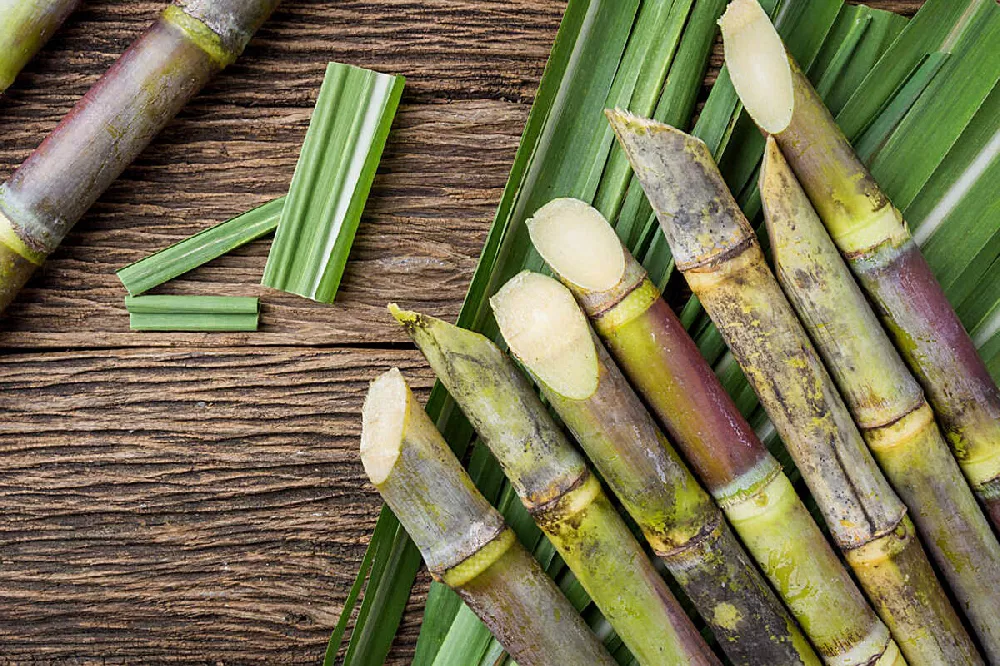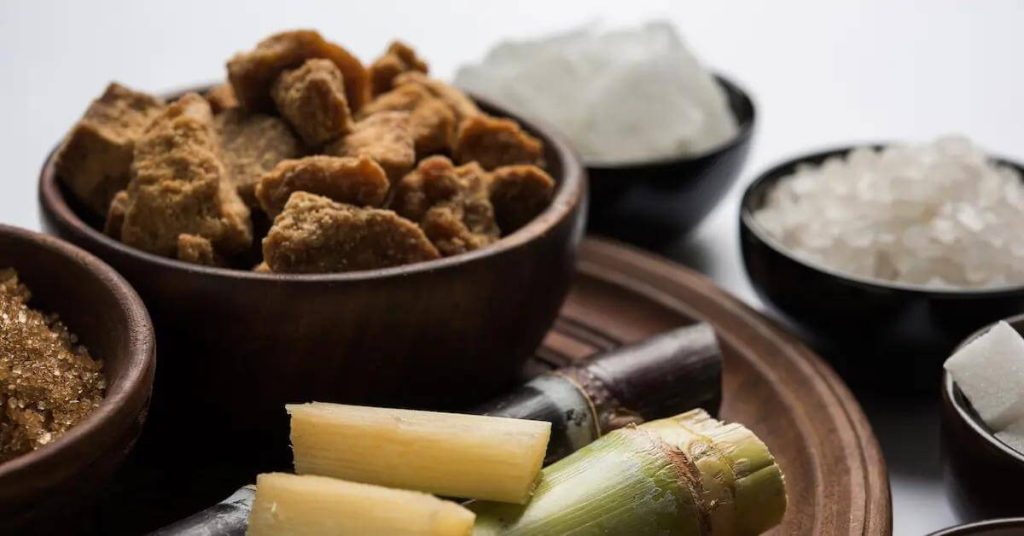Advanced Cane Sugar Processing: Enhancing Effectiveness and Sustainability
Advanced Cane Sugar Processing: Enhancing Effectiveness and Sustainability
Blog Article
Exploring the Comprehensive Steps Involved in Cane Sugar Handling From Gathering to Improvement
The process of walking stick sugar production incorporates a collection of detailed steps, beginning with the cautious harvesting of sugarcane and finishing in the improvement stages that guarantee the last product fulfills sector standards. Each phase, from the extraction of juice to the filtration and formation processes, plays a vital function in establishing the high quality and character of the sugar.
Gathering Sugarcane
Gathering sugarcane is a crucial action in the walking cane sugar processing chain, as it directly influences the top quality and return of the end product. Correct timing and strategies are vital throughout this stage to ensure optimal sugar content and reduce losses. Generally, sugarcane is harvested when it gets to maturity, typically 12 to 18 months after planting, identified by a high sucrose focus.

Post-harvest, the sugarcane must be processed promptly to stop sucrose degradation. Preferably, collected cane should be delivered to processing facilities within 1 day to protect sugar quality. Therefore, effective logistical preparation is critical to preserve the honesty of the harvested crop throughout the supply chain.
Removal Refine
:max_bytes(150000):strip_icc()/canesugarBURCUATALAYTANKUT-42971cd7f8b84b4fb756984c18728339.jpg)
The crushed walking stick undergoes a series of pressing procedures to make best use of juice healing. Usually, warm water is sprayed onto the crushed walking stick, creating a countercurrent flow that aids liquify the sugar while likewise helping in the removal procedure. The juice collected from this procedure consists of not just sugar yet likewise different organic compounds and impurities.

To improve removal effectiveness, some centers may use diffusion methods, where the sugarcane is taken in warm water, allowing the soluble sugars to diffuse into the fluid. The resulting juice, rich in sucrose, is after that routed to succeeding processing phases, laying the foundation for purification and refinement. The extraction procedure is thus critical in establishing the top quality and yield of the last sugar product.
Filtration Techniques
The purification strategies used in walking cane sugar processing are essential for changing the raw juice right into a top notch sugar product. These techniques mostly intend to eliminate impurities, such as dirt, plant materials, and not natural materials, which can adversely affect the end product's taste and shade.
This process involves including lime and warmth to the raw juice, which helps with the coagulation of impurities. Furthermore, the use of phosphoric acid can improve directory the clarification procedure by additional binding pollutants.
One more considerable technique is carbonatation, where carbon dioxide is introduced to the clarified juice. This reaction produces calcium carbonate, which records continuing to be impurities and advertises their elimination.
Additionally, turned on carbon treatment may be put on adsorb any remaining colorants and natural pollutants, guaranteeing a much more polished item. The mix of these approaches effectively prepares the sugar juice for subsequent action in the refining process, setting the stage for the production of premium walking stick sugar.
Crystallization Approaches
After the filtration phase, the following vital action in cane sugar processing involves condensation approaches, which play an essential duty in changing the cleared up juice right into solid sugar. This procedure commonly utilizes two main approaches: spontaneous crystallization and regulated condensation.
In spontaneous condensation, supersaturated sugar options are allowed to cool down naturally, bring about the development of sugar crystals with time. This technique is easier but might cause uneven crystal dimensions and lower pureness levels. On the other hand, managed crystallization is an extra specific strategy where focus, temperature level, and seeding representatives are carefully managed. This approach allows for the consistent growth of sugar crystals and greater purity.
During formation, the cleared up juice is focused through evaporation, boosting its sugar web content up until it gets to supersaturation. As soon as this factor is attained, either technique can assist in the crystallization process. Cane Sugar Processing. The resultant sugar crystals are then divided from the continuing to be syrup with centrifugation
Inevitably, the selection of crystallization method impacts the top quality, dimension, and pureness of the last sugar product, making this step necessary in the overall cane sugar handling procedure.
Improvement and Product Packaging
How can the pureness and quality of cane sugar be better improved after condensation? The refinement procedure plays a critical function in achieving top quality walking stick sugar.
Next, the sugar is subjected to a process called centrifugation, where it is spun at broadband to divide the detoxified sugar crystals from the staying fluid. After centrifugation, the sugar is typically more improved via a technique called carbonization or phosphatation, which makes use of turned on carbon or phosphoric useful reference acid to remove color and off-flavors.
Once see refined, the sugar is dried out to attain the wanted dampness material, guaranteeing that it continues to be secure during storage space and transport. The last step entails product packaging the polished sugar in impermeable and moisture-proof containers to maintain its quality and prevent contamination. Cane Sugar Processing. Correct product packaging not just extends service life but additionally assists in simple handling and distribution, making certain that consumers obtain sugar that meets the highest possible criteria of pureness and high quality
Verdict
The detailed actions associated with walking cane sugar processing, from the careful harvesting of sugarcane to the complex improvement and product packaging stages, underscore the importance of each phase in making sure premium sugar manufacturing. Optimal harvesting techniques, efficient removal methods, and rigorous purification procedures jointly add to the end product's pureness and stability. The condensation and succeeding product packaging techniques additionally boost the integrity and shelf life of the sugar, highlighting the intricacy and precision integral in this important farming sector.
The procedure of cane sugar manufacturing includes a series of complex actions, starting with the careful harvesting of sugarcane and culminating in the refinement stages that make sure the final item meets sector criteria. Preferably, collected cane needs to be delivered to refining facilities within 24 hours to preserve sugar top quality.In spontaneous formation, supersaturated sugar options are enabled to cool normally, leading to the formation of sugar crystals over time - Cane Sugar Processing. The improvement process plays an essential role in accomplishing top notch walking stick sugar.The comprehensive actions entailed in walking stick sugar handling, from the meticulous harvesting of sugarcane to the intricate refinement and packaging stages, underscore the importance of each stage in making sure high-quality sugar manufacturing
Report this page